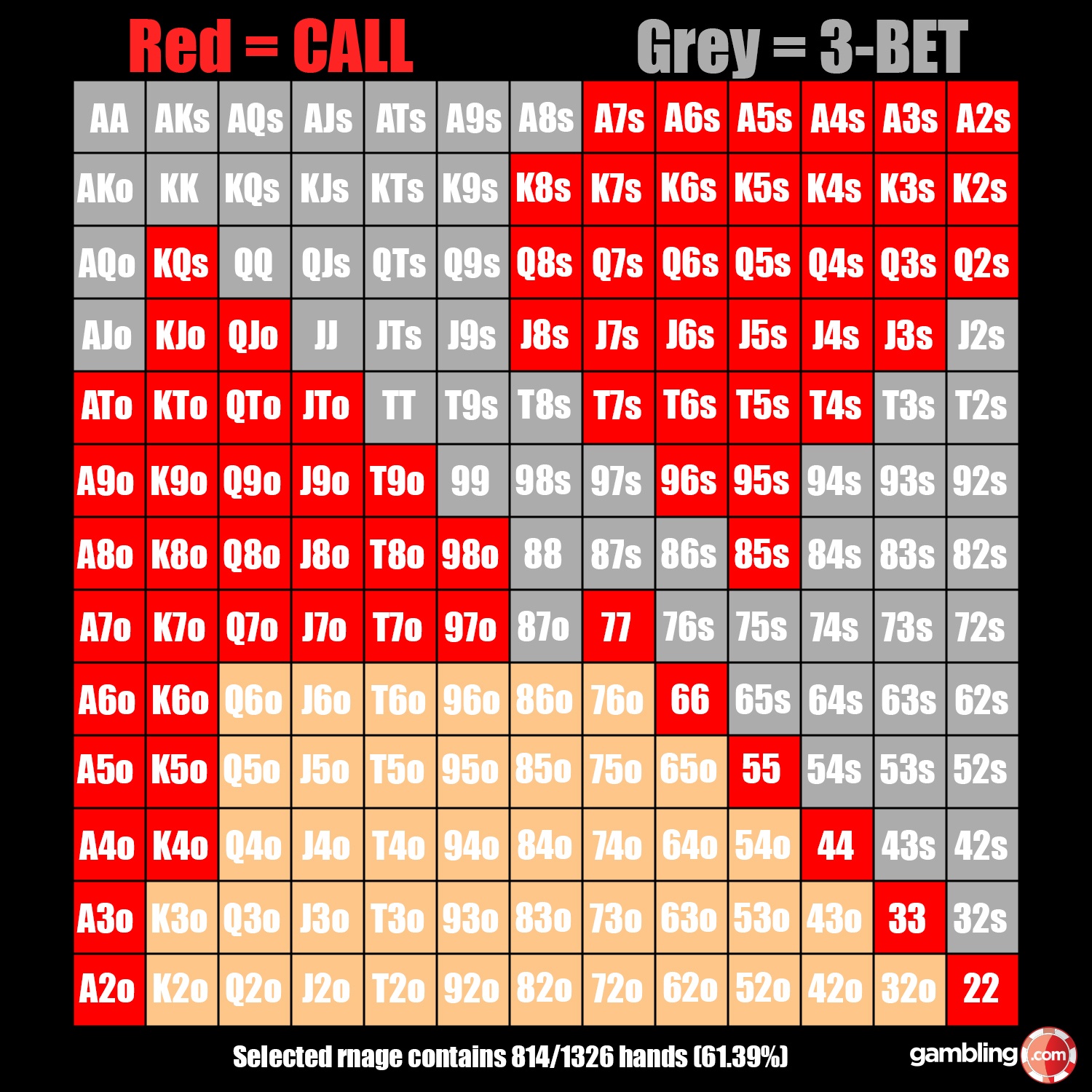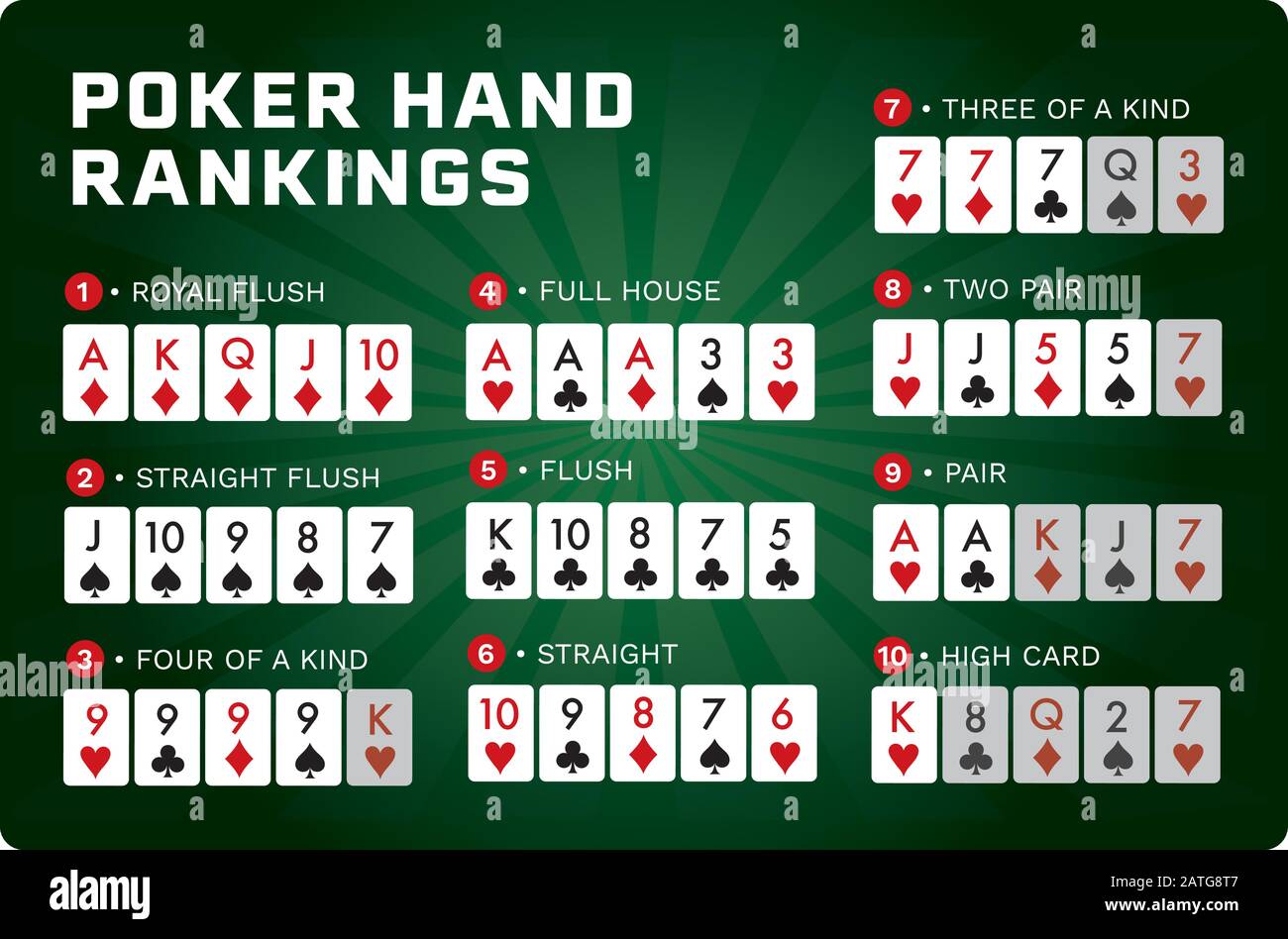How Many Possible Starting Hands In Texas Holdem
Hand Combinations -- The Basics
Of the 169 possible starting hands in Texas Hold 'Em poker, this one ranks 165th. That's not something to crow about. Face it, you're having a bad day when you see any of these five hands. Poker is a fun game but playing this hand is just asking for a headache. At the bottom of this page is a comprehensive listing of Texas Hold'em starting hands based on their EV (expected value). Expected value is the average number of big blinds this hand will make or lose. For example: AA from the Small Blind in a $3/$6 game will make, on average, 2.71 times the big. Fact: There are 1,326 combinations of starting hands in Texas Hold’em in total. Working out hand combinations using 'known' cards. Let’s say we hold KQ on a flop of KT4 (suits do not matter). How many possible combinations of AK and TT are out there that our opponent could hold? You have 169 possible starting hands in Texas hold’em. 13 of those possible hands are pocket pairs, so I’ll start the discussion with those hands. That’s about 7.8% of all your possible hands. The rank of the cards in your pocket pair is the most distinguishing characteristic to think about.
Hand combinatorics isn't as scary as it sounds.
It's not some big, complex math technique that only a select few guys with PhDs can understand.
It's an easy, highly useful technique that we poker players can use to help put our opponents on hand ranges.
The technique works kind of like it sounds -- we want to calculate the number of combinations of hands our opponent can be holding in a given scenario.

Let's walk through the process of calculating combinations step-by-step. By the time you're done reading this article, you'll be able to more accurately assess what an opponent's hand range could be.
Combinatorics 101: What's a Combination?
A combination is simply a way to put a set of items together where all the items are drawn from a larger set.
In simple English, a combination is a way to pick some stuff out of a bigger pool of stuff.
Say we have a set of objects A, where A = {1, 2, 3, 4, 5}. We want to figure out the number of 2-object subsets we can form out of A; that is, the number of combinations of 2-object subsets we can pick from the set of objects A.
Calculating this turns out to be pretty simple. All we need to do is follow this simple formula:
n = total # of objects in the set
x = number of items we want to choose
C = combinations of x in set n
C = n! / x! * (n-x)!

Plugging in our numbers for set A into this equation, we get:

n = 5
x = 2
C = 5! / 2! * (5-2)! = 10
How Many Starting Hands In Texas Holdem
So there are 10 unique combinations of 2 items that we might choose from set A.
Now, let's say we have a set of 52 items that we want to draw from. As a basic set of 52 objects, B can be the deck of 52 cards for example.
We just plug the total number of objects in the set (52) into our magic equation, along with the number of items we want to include in each chosen subset (2), and get:
n = 52
x = 2
C = 52! / 2! * (52-2)! = 1326
So there are 1,326 unique combinations of 2 items that we might choose from set B.
You will probably find these numbers to be familiar. If so, good! It's probably because 1,326 is the number of possible starting hands in Holdem poker. What we were acually determining in the above calculation was how many combinations of 2 cards we can pick from a 52-card deck.
Keeping with poker, let's examine a more applicable form of calculating combinations, and some situations in which such a method would be useful.
How Many Possible Starting Hands In Texas Hold'em
Combinatorics 101: Combinations of Poker Hands
There's obviously no way you'll be able to whip out a calculator at the poker table and calculate combinations. Luckily, there are some more compact ways of calculating combos that don't require calculators or intense math. We can use these benchmarks to help refine our estimates of opponents' ranges.
There are three basic numbers you need to know:
- There are 12 combinations of any given offsuit unpaired hand in Holdem.
- There are 6 combinations of any given paired hand in Holdem.
- There are 4 combination of any given suited unpaired hand in Holdem.
How we arrive at these numbers is pretty basic:
- There are 4 of any card of a given suit in a deck, and 3 of another particular card of a different suit. So we multiply 4 by 3 to obtain 12, the number of combos for a given offsuit unpaired hand.
- There are 4 of any card of a given suit in a deck, and 3 additional cards left in the deck of that rank. So we multiply 4 by 3 to obtain 12. When counting pairs, there are going to be two ways to make each unique combination of pair; for example, 6c6s and 6s6c. So we must divide 12 by 2 to eliminate double-counts. So 12/2 = 6, the number of combinations of a given pair preflop.
- There are 4 of any card of a given suit in a deck, and only one card after that that can make the suited hand. So (4)(1) = 4, the number of combinations for a given suited hand.
How Many Starting Hands Are There In Texas Holdem
A Practical Example
Say you're playing against an opponent whose range you estimate to be {JJ+, AKo, AQs+} in a given situation. You want to break down the number of hand combinations in his range. You'll calculate the combinations as such:
| Hand Type | Combos Per Hand | Number of Hands | Total Combos |
| Pocket Pair | 6 | 4 | 24 |
| Unpaired Offsuit | 12 | 1 | 12 |
| Unpaired Suited | 4 | 2 | 8 |
So there are a total of 44 hand combos in your opponent's range, 24 of which are pocket pairs and 20 of which are unpaired hands.
His range looks a lot scarier when we view it as 4 pocket pair hands and 3 unpaired hands, doesn't it? In reality, it's 50/50 that he's got matching cards in the hole; which can change our equity, and thus our correct action, drastically.
One of the top places to play online poker is pokerstars.
I’ve been asked by a new player to explain how I got to 169 possibilities of starting hands from a previous page. Good question!
In Texas Hold’em poker there are 2,652 possible starting hands. The way that you first get all the possible starting hands is to take the number of cards (52) and multiply that by 51 times.
Remember that the first 2 cards that can be dealt can be anything from the deck. Out of these 2,652 combinations, there may not be different hands though, because the same two cards dealt in two different orders are still the same hand. In the following two examples, you can see that the cards are equal and that there aren’t any differences. Kind of reminds you of algebra in school, huh?
is EQUAL to


is EQUAL to
That reduces the number of hands, 2,652 down by half or 2,652/2 = 1,326.
Still with me? Good.
Now, out of the 1,326 hands, thinking of the samples above, there is a lot of duplication in VALUE of the hands.
The following hands are all equal in VALUE:
is EQUAL to is EQUAL to
Okay, have you digested that? Good. One last thing. Because of the possibility of getting a flush, cards like the following are NOT equal:
is NOT EQUAL
This is because the first two cards have a chance at making a flush and the second two cards not do not have a chance for making a flush.
We need to get the total number of possibly suited starting cards from this bunch so that would be 13 x 12 /2 for a total of 78.
Continuing on, there should be 78 possible suited starting cards and 78 possible non-suited starting cards and 13 possible pairs for a total of 169 cards.
So looking at it this way, there are 169 possible starting hands in this game. Hopefully I answered the question without making it too confusing.
Any questions? Comments? Please drop me a line and check out the other posts and blog on this site!
Thanks for taking the time to visit and for more information or to get back to the beginning of the blog, go here.